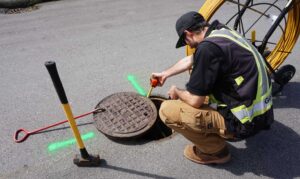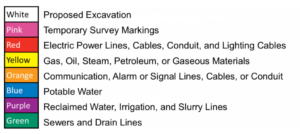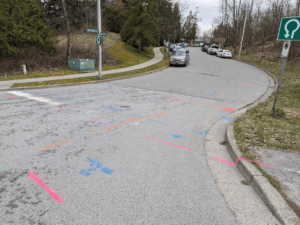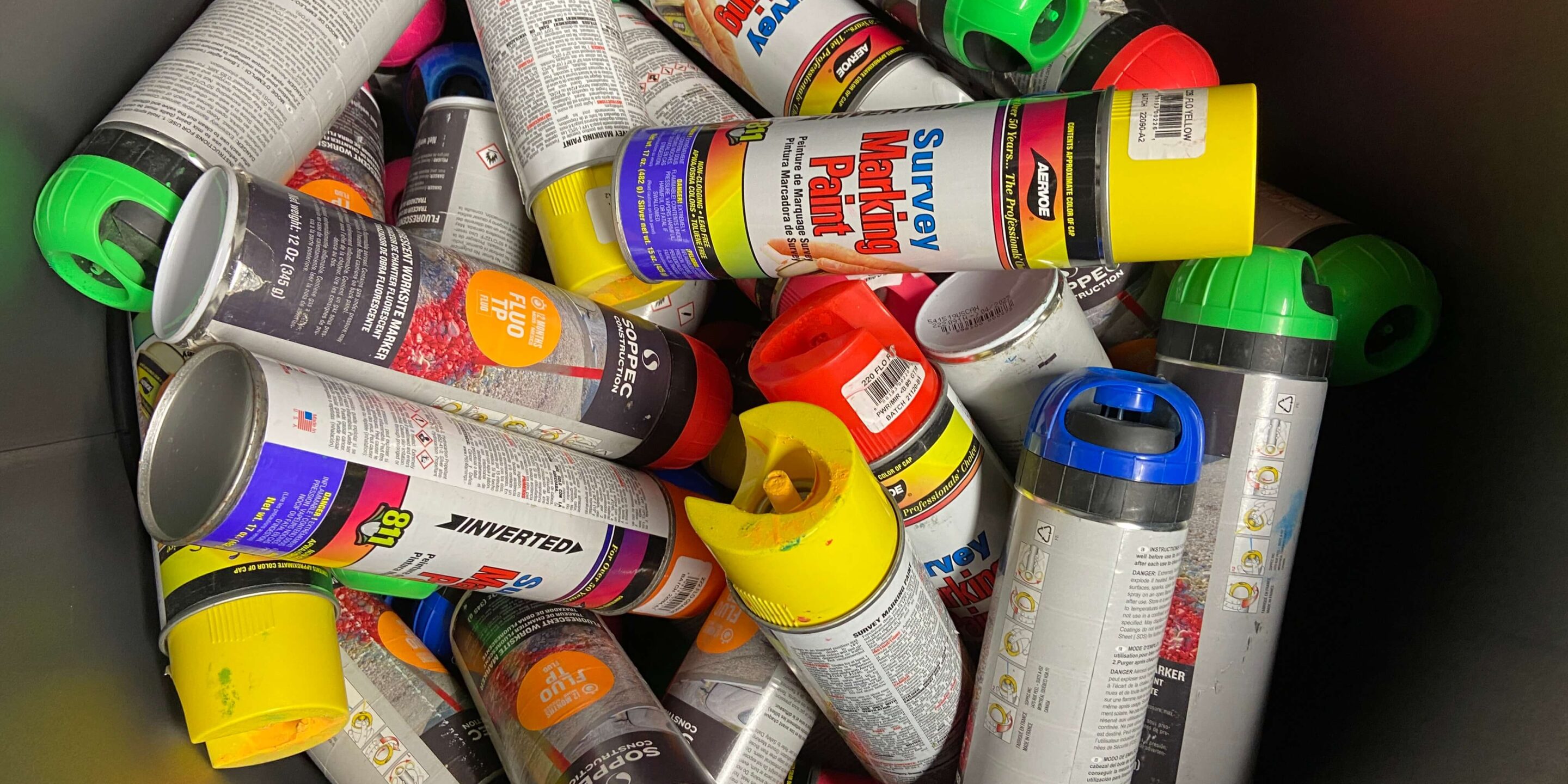As cities and towns continue to grow and expand, the infrastructure beneath our feet has become increasingly complex.
From gas lines to electric cables to water mains, underground utilities are an essential part of modern living. However, with so many different types of utilities crisscrossing beneath our streets and sidewalks, it can be difficult to keep track of where everything is located. This is where the universal colour code for underground utilities comes in. By using a standardized system of colours and markings, workers can quickly and easily identify what lies beneath the surface, helping to prevent accidents and ensure the safe and efficient operation of our essential services. In this blog post, we will explore the importance of using the universal colour code for underground utilities and how it benefits us all.

The history of the universal colour code for marking underground utilities dates back several decades. It began as a response to the increasing number of accidents caused by excavation and digging activities that damaged underground utility lines. These accidents resulted in loss of life, injuries, and property damage. In the 1960s and 1970s, the damage caused by these accidents became a significant concern for utility companies and the government, prompting them to develop a standardized system for identifying and marking underground utilities.
The first system to be developed was the American Public Works Association (APWA) Uniform Colour Code, which was introduced in the 1970s. This system uses different colours to represent different types of utilities, making it easier for excavators and construction workers to identify and avoid them.
The APWA Uniform Colour Code has been widely adopted throughout the United States and Canada and has become the standard for marking underground utilities. The system consists of six colours, each representing a specific type of utility.
These colours are:

The importance of the universal colour code for marking underground utilities cannot be overstated. It provides a standardized system for marking and identifying different types of utilities, reducing the risk of accidents and damage caused by excavation and digging activities. This not only saves lives and reduces injuries but also helps to prevent property damage and costly repairs.
In addition to the APWA Uniform Colour Code, there are other colour codes used around the world. For example, Australia uses orange for electricity, white for communications, red for fire services, and brown oils and flammables other than natural gas. France uses green for communications, purple for heating and cooling lines, and brown for sewer lines.
Below is an example of a site that has been marked incorrectly leading to confusion. The client is installing a new water main, however the surveyors have marked out the proposed new water line route in blue as opposed to pink for temporary survey lines. This will lead to confusion with differentiating from the current water line markings and the new proposed route when it comes time to excavate. This is why it’s important to always use the appropriate colour of marking.

In conclusion, the universal colour code for marking underground utilities has a rich history and is an essential tool for ensuring safety in excavation and digging activities. Its adoption has helped to reduce accidents, injuries, and damage caused by excavating and digging around underground utilities. It is vital that all stakeholders involved in excavation and digging activities familiarize themselves with the colour code and adhere to it to ensure safety and prevent damage.
